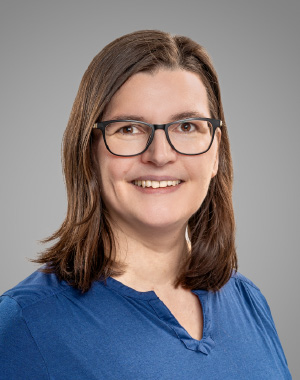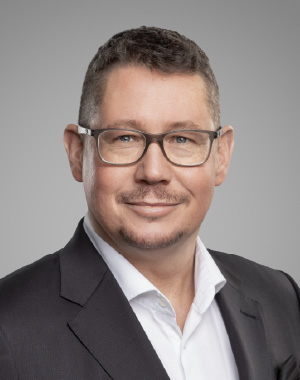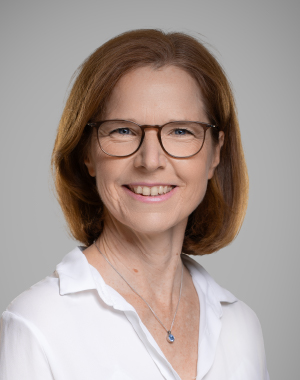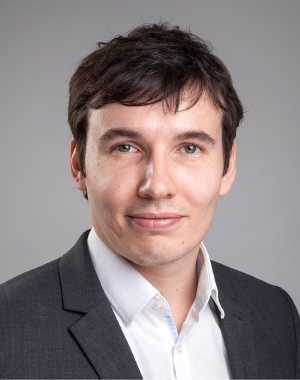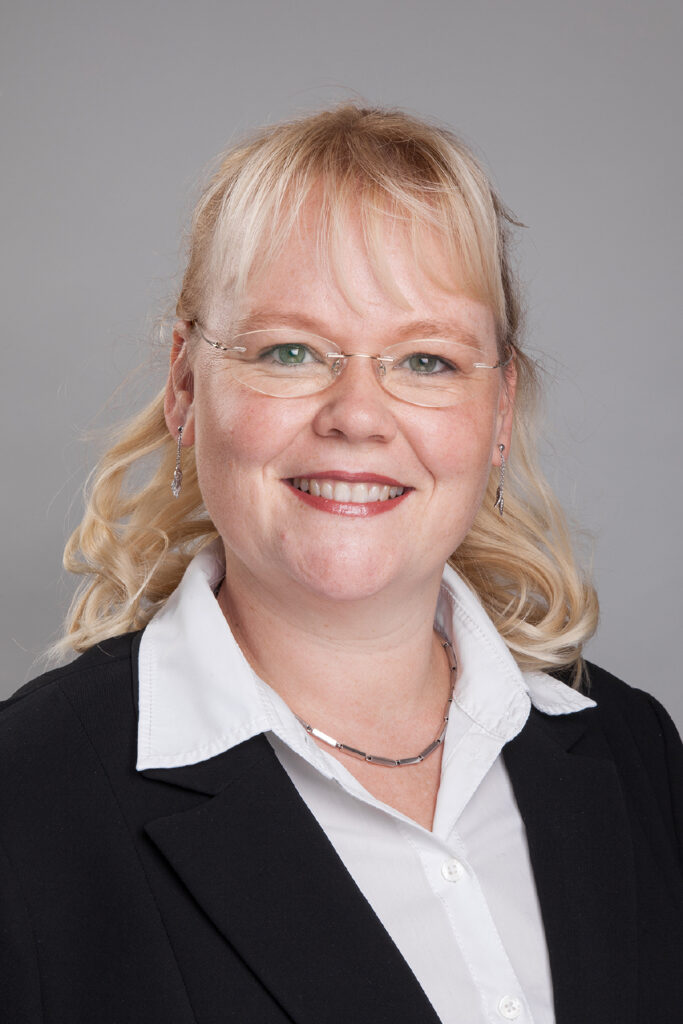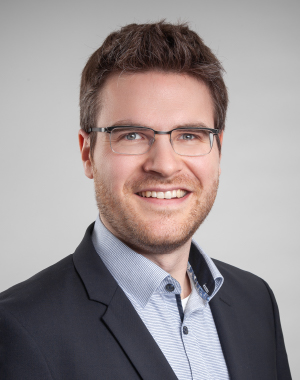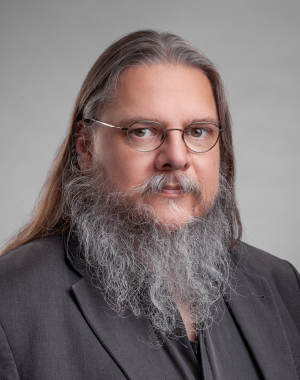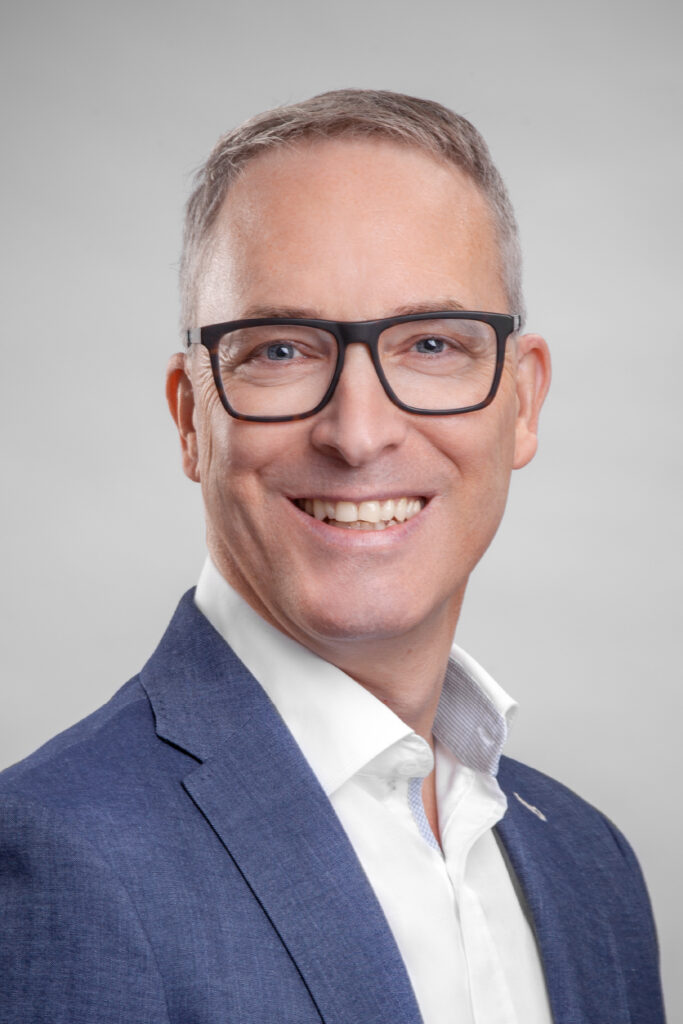09.02.2022
Connecting fibres: The cellulose fibre industry impresses with innovation and vision
Cellulose Fibre Innovations of the Year: Carbon Fibres from Wood, Carbon-negative Virgin Fibres from Straw and Sustainable Menstruation Panties
The annual highlight of the industry is the International Conference on Cellulose Fibres in Cologne (www.cellulose-fibres.eu), where the latest innovations were showcased last week: new cellulose fibre technologies for various feedstocks and a wide range of hygiene and textile products as well as alternatives to plastics and carbon fibre for lightweight constructions.
Cellulose fibres show an impressive growth and increasingly expanding range of applications, while at the same time markets are driven by technological developments and political framework conditions, especially bans and restrictions on plastics and increasing sustainability requirements. The winners of the innovation award bear witness to the diversity of cellulose applications.
The International Conference On Cellulose Fibres (CCF) is unique in the world, it is the only conference that focuses exclusively on cellulose fibres and their applications. Every year the conference enjoys an increasing number of participants. This year, for the first time, there were 230 participants from 27 countries. About 60 were able to attend on site – with strict Corona safety measures – while the others were able to attend online and participate in questions and discussions.
The on-site participants were very pleased to finally be able to network directly again. Many new business contacts were made.
The conference gave deep insights into the promising future of cellulose fibres, which fit perfectly into the current trends of circular economy, recycling and sustainable carbon cycles.
An important focus at the conference was alternative sources of cellulose. The increasing demand for cellulose fibres cannot be met in the long run with wood and used textiles alone. At the conference, a variety of agricultural by-products and biogenic waste were presented in presentations and panel discussions, such as orange and banana peels, grain and hemp straw. Much of this is high-volume and has not been put to high-value use so far. Exciting opportunities for the future cellulose fibre industry.
Innovation Award
Live at the conference, host nova-Institute and award sponsor GIG Karasek GmbH granted the “Cellulose Fibre Innovation of the Year” award to one of six highly interesting products. Beforehand, the advisory board of the conference had nominated six products, ranging from cellulose made of orange- and wood pulp to a novel technology for cellulose fibre production. All nominees pitched their innovation to the conference audience who elected the three winners:
First Winner: Carbon Fibres from Wood – German Institutes of Textile and Fiber Research Denkendorf (Germany)
The HighPerCellCarbon® technology is a sustainable and alternative process for the production of carbon fibres made from wood. The technology starts with wet spinning of cellulosic fibres using ionic liquids (IL) as direct solvent in an environmentally friendly, closed loop filament spinning process (HighPerCell® technology). These filaments are directly converted into carbon fibres by a low-pressure stabilisation process, followed by a suitable carbonisation process. No exhaust fumes or toxic by-products are formed during the whole process. Furthermore, the approach allows a complete recycling of solvent and precursor fibres, creating a unique and environmentally friendly process. Carbon fibres are used in many lightweight applications and the fibres are a sustainable alternative to fossil-based ones. http://www.ditf.de/en
Second Winner: Fibers365, Truly Carbon-Negative Virgin Fibres from Straw - Fibers365 (Germany)
Fibers365 are the first carbon-negative virgin cellulose fibres from straw on the market. The Fibers365 concept is based on a unique, state of the art process to provide functional, carbon negative, and competitive non-wood biomass products such as virgin cellulose fibres for paper, packaging and textile purposes as well as high value process energy, biopolymer and fertiliser side streams. The products are extracted from the stems of annual food plants such as wheat straw by a chemical-free, regional, farm level steam-explosion pulping technology, allowing an easy separation of the fibres from sugars, lignin, organic acid and minerals. In the case of annual plants, CO2 emissions are recaptured within 12 months from their production date, offering “instant”, yearly compensation of corresponding emissions. http://www.fibers365.com
Third Winner: Sustainable Menstruation Panties: Application-driven Fibre Functionalisation – Kelheim Fibres (Germany)
Kelheim’s plant-based and biodegradable fibres contribute significantly to a sustainable future in the field of reusable hygiene textiles. Through innovative functionalisation they are specifically adjusted to the requirements of the single layers and thereby reach a performance comparable to that of synthetic fibres. A unique duality in fibre technology is created: sustainably manufactured cellulosic fibres that allow for high wearing comfort and reusability with extraordinary, durable performance. Fibre concepts comprise Celliant® Viscose, an in-fibre infrared solution and Danufil® Fibres in the top sheet, Galaxy, a trilobal fibre for the ADL, Bramante, a hollow viscose fibre, in the absorbing core and a water repellent woven fabric, a biodegradable PLA film or a sustainable coating as a back sheet. http://www.kelheim-fibres.com
About the conference
Cellulosic fibres are the fastest growing fibre group in the textile industry and also the largest investment sector in the global bioeconomy. The challenge now is to achieve a balance between the ongoing capacity expansion and the growing demand, to avoid overcapacity while still meeting rising demand from the major brands. These high growth rates are driven by an increasing demand for alternatives for fossil-based fibres and bottlenecks in cotton production, the microplastic issues, and bans on plastics in disposable applications. All three factors will continue to play an important role in the development of the sector in the future.
The nova-Institute would like to thank Award Sponsor GIG Karasek GmbH (Austria), as well as Gold Sponsors Lenzing (Austria), Kelheim Fibres (Germany) and Birla Cellulose (India) and Silver Sponsor Levaco Chemicals (Germany) for supporting the conference.
Many thanks also go to the partners of the conference: BCNP Consultants (Germany), BIO.NRW.eco (Germany), C.A.R.M.E.N. (Germany), Canopy (Canada), CLIB (Germany), IBB-Netzwerk (Germany), ITA – RWTH Aachen (Germany), kunststoffland.NRW (Germany), Renewable Carbon Initiative (Germany), Russian Textile Association (Russia), Textile Exchange (USA), World Bioeconomy Forum (Finland), and The Fiber Year (Switzerland).




